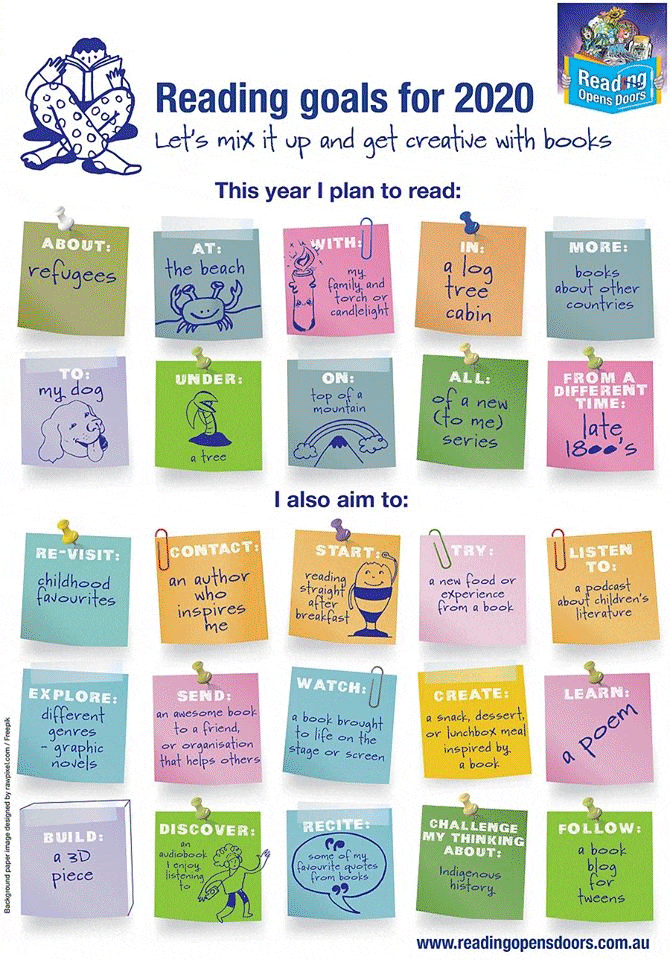Contents
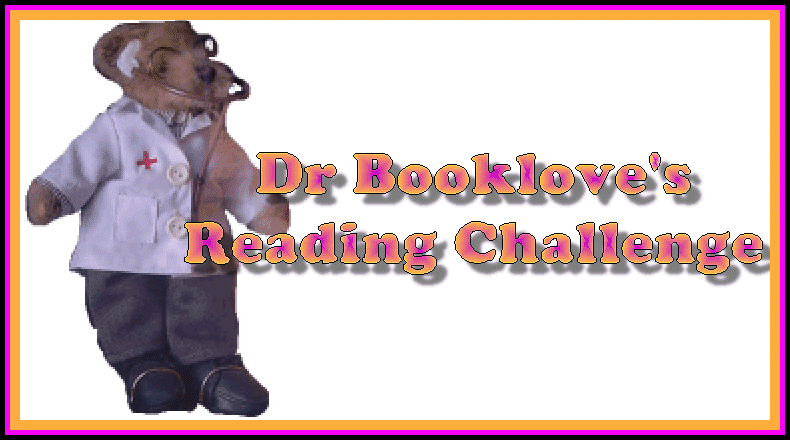
Are you a reader who is looking for something new to read?
Then welcome to Dr Booklove’s Reading Challenges which have been designed to introduce you to a range of new things to read. New authors, series, genres, time periods – all sorts of things to broaden your horizons.
Teachers and teacher librarians – the sole purpose of these challenges is to extend the child’s reading horizons and experience the joy of reading for pleasure. Challenges should not be mandatory nor reward driven. Please read my blog post to find out why.
Choose-A-Challenge
Challenge 1
The best readers read often, so work out how many hours there are in 2023 minutes and then work out how much you would have to read each day to read 2023 minutes this year. Make a progress chart so you can mark off the minutes each time you read and watch the total grow towards your goal.
Think about all the places and times you can sneak in a read. Brainstorm ideas with your friends and see how many different places you can read. You will soon rack up the time and more!
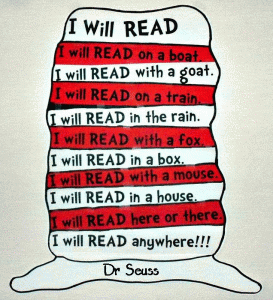
Challenge 2
If you put the cursor over the top right of one of the forms you will see a pop-out icon. Click on that to get a printable version of the challenge so you can fill it in as you read. You can colour each challenge as you complete it and watch your reading grow.
 Loading...
Loading...
 Loading...
Loading...
Challenge 3
Try Book Bingo! Complete a row of reads – vertical, horizontal or diagonal. Or read all 25 options!
 Loading...
Loading...
Challenge 4
Explore new genres – a style of writing that has a common theme or content at its core.
Here’s a table of some genres if you’re looking for something new to explore.
| Aboriginal/ Indigenous peoples stories | Movie/television tie-ins |
| Adventure stories | Mysteries |
| Alphabet books | Myths |
| Animal stories | Nature stories |
| Animal fantasy | Supernatural |
| Bible stories | Poetry |
| Choose your own adventure | Quests |
| Counting stories | Realistic fiction |
| Crime/police stories | Romance |
| Diaries | School stories |
| Environmental stories | Science fiction |
| Fables | Sports stories |
| Fairy tales | Spy stories |
| Family stories | Superhero stories |
| Fantasy (magic) | Suspense stories |
| Folktales | Thrillers/ action |
| Ghost stories | Voyages |
| Historical fiction | War stories |
| Horror stories | Westerns |
| Humour and Comedy | Dystopia |
| Legends | Action |
| Medical stories | Saga |
Challenge 5
Set your own personal challenge. Think about what you want to achieve through your reading for pleasure this year. It might be something like completing reading a series or participating in the Premier’s Reading Challenge or participating in a school book club or maybe just reading one book from the beginning to the end. Make a poster so your goal is clear and so you can mark the milestones towards achieving it and watch your reading grow. Think about how you want to celebrate your achievement when you complete your challenge. Who do you want to share it with? How do you really want it acknowledged – a certificate, another book, something special? Negotiate a reward with your teacher, your teacher librarian and your parents so they can see you’re serious, you’re really trying and can encourage you to keep going when times get tough.
Talk to to your teacher librarian about creating a space (in the library or online) where you can share recommendations of books that you’ve really enjoyed and that you think your friends might enjoy too. If you’re looking for something to lead you into a new challenge, it might be the place for you to start too!
Challenge 6
Set up a personalised challenge with each reader following this format from Reading Opens Doors There is a free, printable template here but students could create a format that suits them.
Challenge 7
Create a pictorial chart of 50-100 of “must-read books for high school” -there are several lists of suggestions available as a starting point – and challenge students to include at least four of them on their reading list for the year. Opens up new reading horizons but still gives them ownership of their choices.
Read Around Your Town
Identify the significant places and sights of your town and plot these on the map. Use flag pins and a small label to identify each place. Link these as a journey, trying not to backtrack. List the places in the order of the journey, and using the map’s scale, estimate the distance between each. Assign an appropriate scale such as one book equals one (or ten) kilometres.
How many books would we need to read to complete the journey?
Have each student volunteer to read enough books to complete a leg of the journey, based on the scale and their abilities. For example, if there is 7.5 kilometres between locations, then the more able reader might agree to read eight books to reach the destination. Less able readers would tackle smaller distances.
Students are well aware of their interest and abilities in reading, and by having a sliding scale even the most reluctant reader can contribute to the team challenge.
Discuss what constitutes a ‘book’ with the children and agree whether class readers and graphic novels will count, remembering the needs of the less able. For the more able, perhaps 50/50 picture book and novel would be a solution. Have them agree on how they will maintain reliable reading records.
If a student completes their undertaking, they can read another title and add it to another student’s total. The emphasis of the challenge is to co-operate to complete a task.
Read Around Your State
Identify the significant places and sights of your state and plot these on a large map. These locations could be
- natural landmarks such as mountains, waterfalls, beaches and so forth
- tourist attractions
- towns that start with the same letter as that of your town
Use flag pins and a small label to identify each place. Link these as a journey, trying not to backtrack. List the places in the order of the journey, using Google Maps or MapMaker to determine the distance between them and assign an appropriate scale such as one book equals ten or fifty kilometres. Round distances up or down, and any journey less than the assigned scale still requires one book to be read.
How many books need to read to complete the journey?
If the total is more than one class can manage, invite other classes to help them complete the challenge.
Set up the reading challenge in the same way as Read Around Your Town.
Give each class a map that has the points of their particular journey marked on it as well as the list. Write readers’ names beside the part that they choose to undertake. Set a time limit for completing the journey and work out how many books need to be read each week so both task and time remain manageable.
At the end of each week, check progress and mark it on a master map in the library.
As each location is reached, have the students research its significance and summarise this in one sentence. Create a numerical key for the map, and beside each location’s entry add a picture and the summary.
Enjoy!
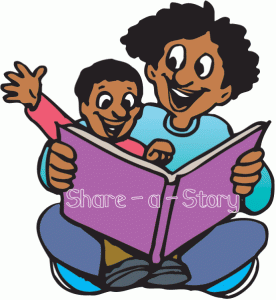
Share-a-Story is for the parents and carers of children who are not yet independent readers or who love their bedtime reading ritual as they read aloud, read along or read alone.
If you need help finding a story, talk to to your local school’s teacher librarian or your public librarian.
If you put the cursor over the top right of the form you will see a pop-out icon. Click on that to get a printable version of the challenge so you can fill it in as you read together.
 Loading...
Loading...
If your child is beginning to read alone, encourage them to be a hot reader with Dr Booklove’s thermometer.
 Loading...
Loading...
There is a lot of research about the appeal of having books displayed so the cover is easily seen. Here’s an idea from Jim Trelease to make a little library in your own home.
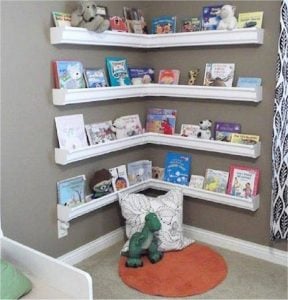
An idea from Jim Trelease (The Read-Aloud Handbook) Rain guttering and brackets create a special reading corner.
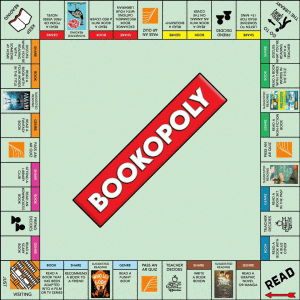
Bookopoly
Click here to discover the instructions, rules and template for this Bookopoly challenge for older readers.
Some interesting links to explore…
